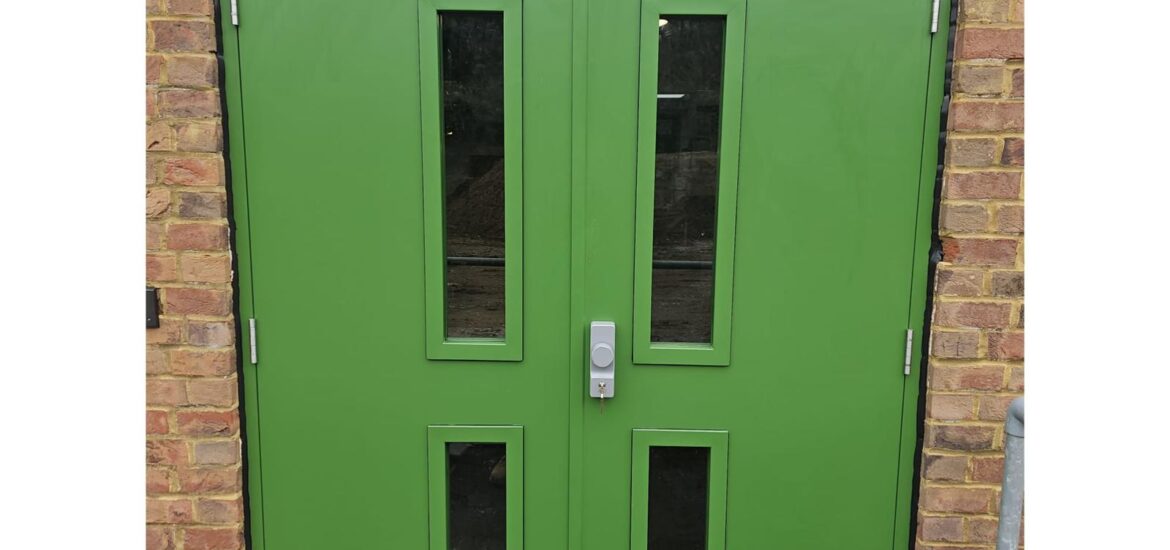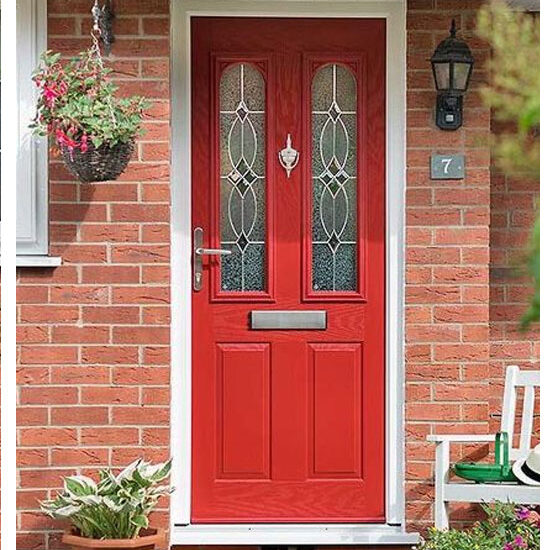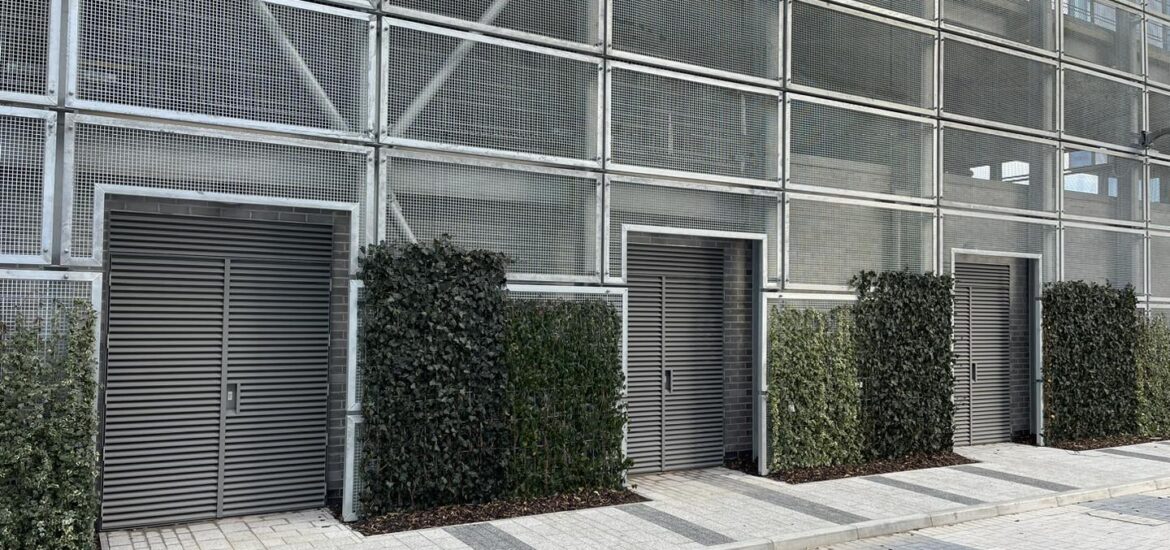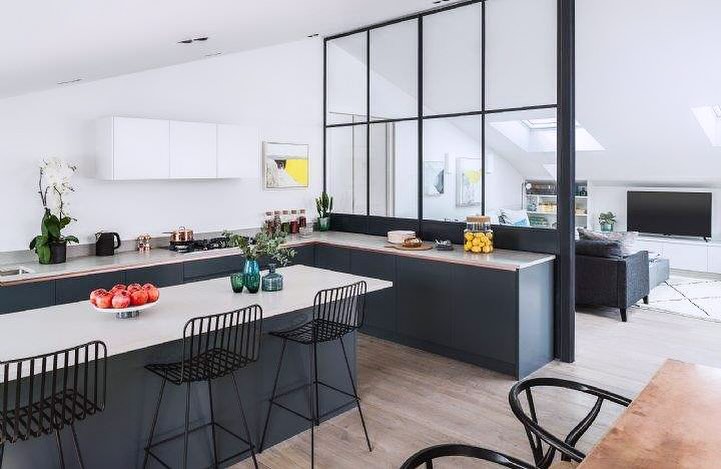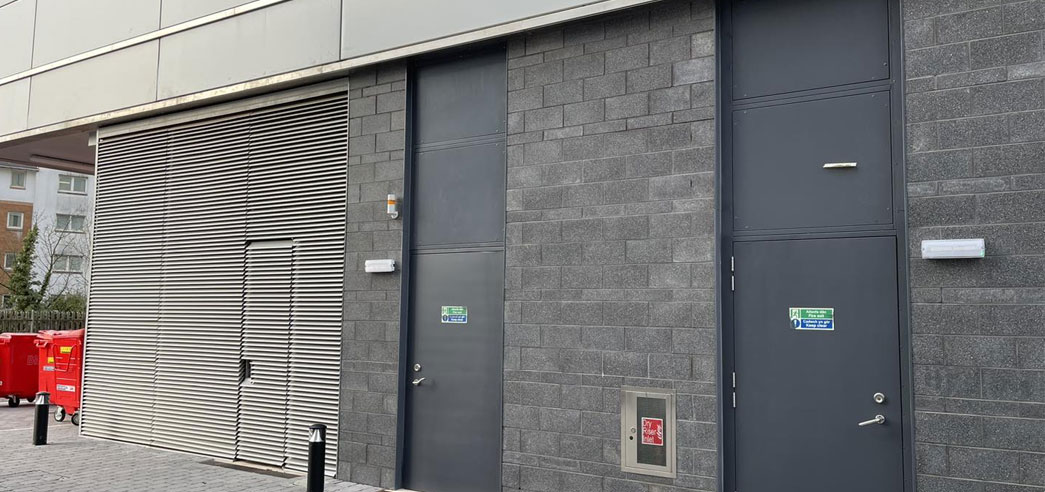Steel doors have become an essential feature in modern construction and design, offering a combination of durability, security, and aesthetic appeal. In the bustling neighborhood of Redcliffe, Bristol, where architectural heritage meets contemporary living, AllSecureDoors Ltd stands as a trusted provider of top-quality steel doors. This blog delves into the benefits of steel doors, their applications, and why AllSecureDoors Ltd is the ideal choice for residents and businesses in Redcliffe.
Why Choose Steel Doors Redcliffe, Bristol?
Steel doors are celebrated for their numerous advantages, making them a popular choice in both residential and commercial settings. Here’s why:
1. Durability
Steel is a robust material capable of withstanding harsh weather, daily wear, and physical impacts. Unlike wood or aluminum, steel doors resist warping, cracking, and denting, ensuring long-term functionality.
2. Enhanced Security
Steel doors provide superior protection against break-ins, thanks to their strength and compatibility with advanced locking systems. This makes them an excellent choice for safeguarding properties in Redcliffe.
3. Low Maintenance
Unlike wooden doors that require frequent polishing or repainting, steel doors are easy to maintain. A periodic wipe-down with a damp cloth is usually enough to keep them looking new.
4. Energy Efficiency
Modern steel doors come with insulated cores that help regulate indoor temperatures, reducing energy costs. This feature is especially useful in Bristol’s temperate maritime climate.
5. Versatility in Design
Steel doors are available in various designs, finishes, and colors, allowing them to seamlessly blend with different architectural styles, from historic Redcliffe homes to contemporary commercial spaces.
Applications of Steel Doors in Redcliffe
Steel doors are versatile and can be customized to suit various applications, including:
1. Residential Use
Front Doors: Offering a welcoming appearance and unmatched security.
Garage Doors: Durable and resistant to damage from vehicles or equipment.
Patio Doors: Modern steel designs with glass inserts bring style and functionality to outdoor spaces.
2. Commercial and Industrial Use
Office Entrances: Provide a professional and secure entryway.
Fire Doors: Essential for ensuring safety in workplaces and public buildings.
Warehouse Access: Withstand heavy usage and protect valuable inventory.
3. Public Buildings
In areas like schools, hospitals, and community centers, steel doors offer a durable, safe, and hygienic option for high-traffic zones.
Steel Doors in Redcliffe: Architectural Harmony
Redcliffe’s architectural landscape features a mix of traditional and modern structures. Whether you own a historic building or a new development, steel doors can be tailored to match the aesthetic of your property.
For Historic Buildings: Steel doors with woodgrain finishes or vintage-inspired designs preserve the charm of older properties.
For Modern Properties: Sleek, minimalist designs with bold colors or glass accents complement contemporary spaces.
Why Choose AllSecureDoors Ltd?
AllSecureDoors Ltd has earned a reputation as a reliable supplier of premium steel doors in Redcliffe and beyond. Here’s what sets them apart:
1. Quality Products
AllSecureDoors Ltd sources steel doors from trusted manufacturers, ensuring that each product meets the highest standards of durability and craftsmanship.
2. Customization Options
They offer a wide range of customization options, from size and finish to hardware and accessories, ensuring that every door fits your specific needs.
3. Expert Guidance
Not sure which door suits your property? The team at AllSecureDoors Ltd provides personalized consultations, helping you choose the perfect steel door for your space.
4. Competitive Pricing
Affordable prices without compromising on quality make AllSecureDoors Ltd the go-to choice for steel doors in Redcliffe.
5. Convenient Delivery
AllSecureDoors Ltd ensures timely delivery of products, so you can complete your project without delays.
Key Features of Steel Doors by AllSecureDoors Ltd
1. Superior Construction
- High-gauge steel for maximum strength.
- Insulated cores for energy efficiency.
- Weather-resistant coatings to withstand Bristol’s varying climate.
2. Modern Security Features
- Multi-point locking systems.
- Reinforced hinges.
- Tamper-proof frames.
3. Stylish Finishes
- Powder-coated surfaces for a sleek look.
- Customizable textures like woodgrain or smooth finishes.
- Color options to match any aesthetic preference.
4. Glass Inserts
- Options for tempered or frosted glass for added style and natural light.
- Double-glazed panes for better insulation.
- Installation and Maintenance Tips
Installation
Proper installation is crucial for maximizing the benefits of steel doors. AllSecureDoors Ltd partners with skilled technicians in Redcliffe to ensure seamless installation.
Maintenance
- Clean the surface with a mild detergent to remove dirt or grime.
- Inspect the door and hardware periodically for signs of wear.
- Lubricate hinges and locks as needed to ensure smooth operation.
Steel doors are a perfect blend of durability, security, and style, making them a valuable addition to properties in Redcliffe, Bristol. Whether for residential or commercial use, AllSecureDoors Ltd offers an exceptional range of steel doors tailored to your needs. With their commitment to quality and customer satisfaction, you can trust them to enhance the safety and aesthetics of your space.

